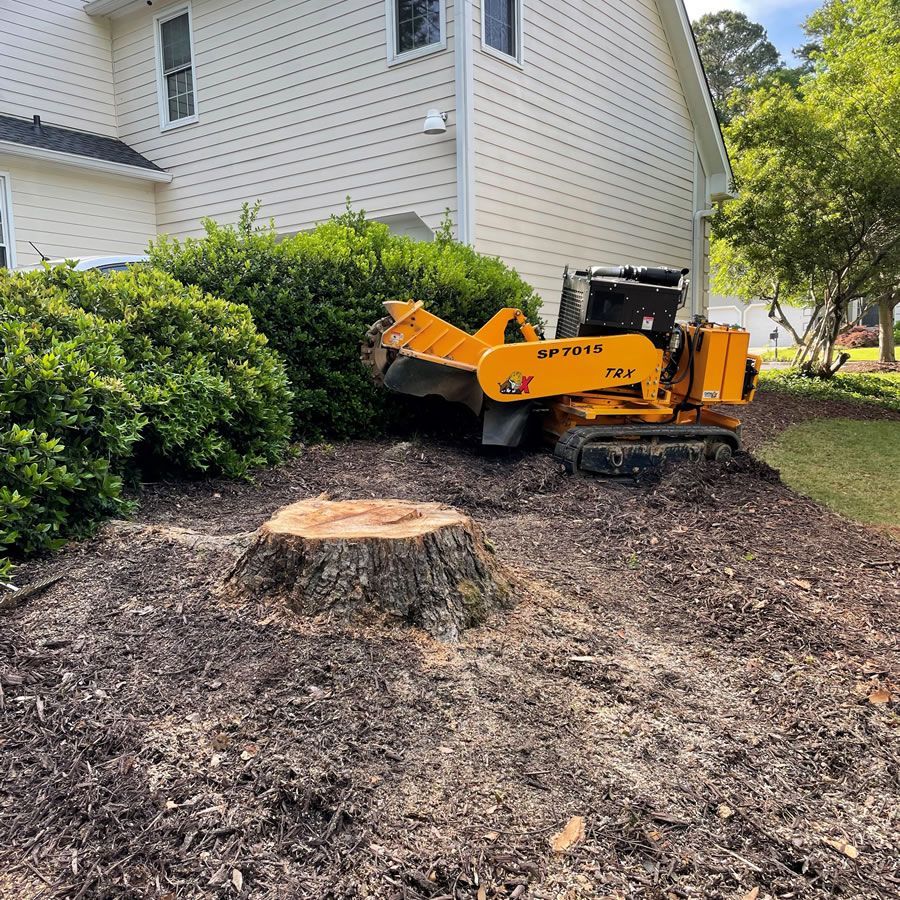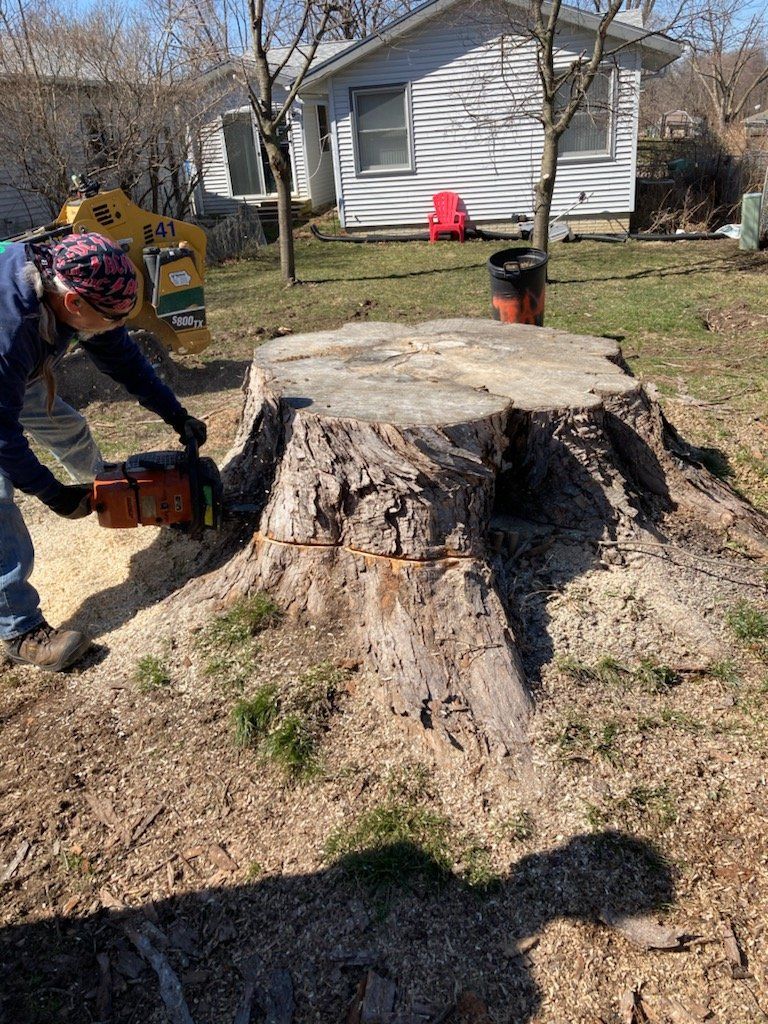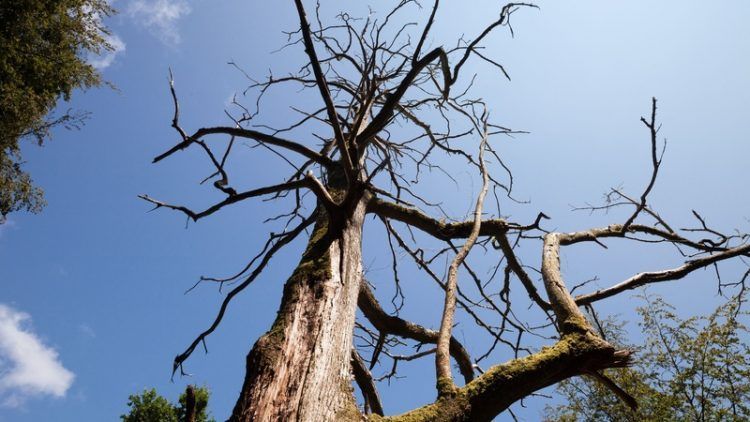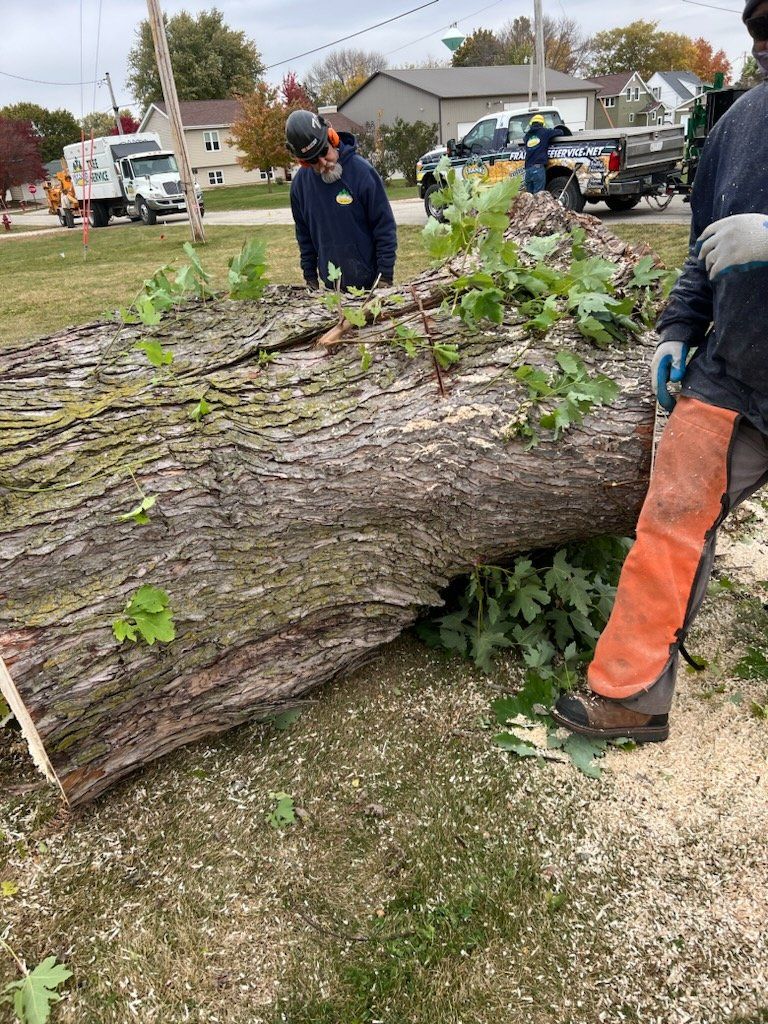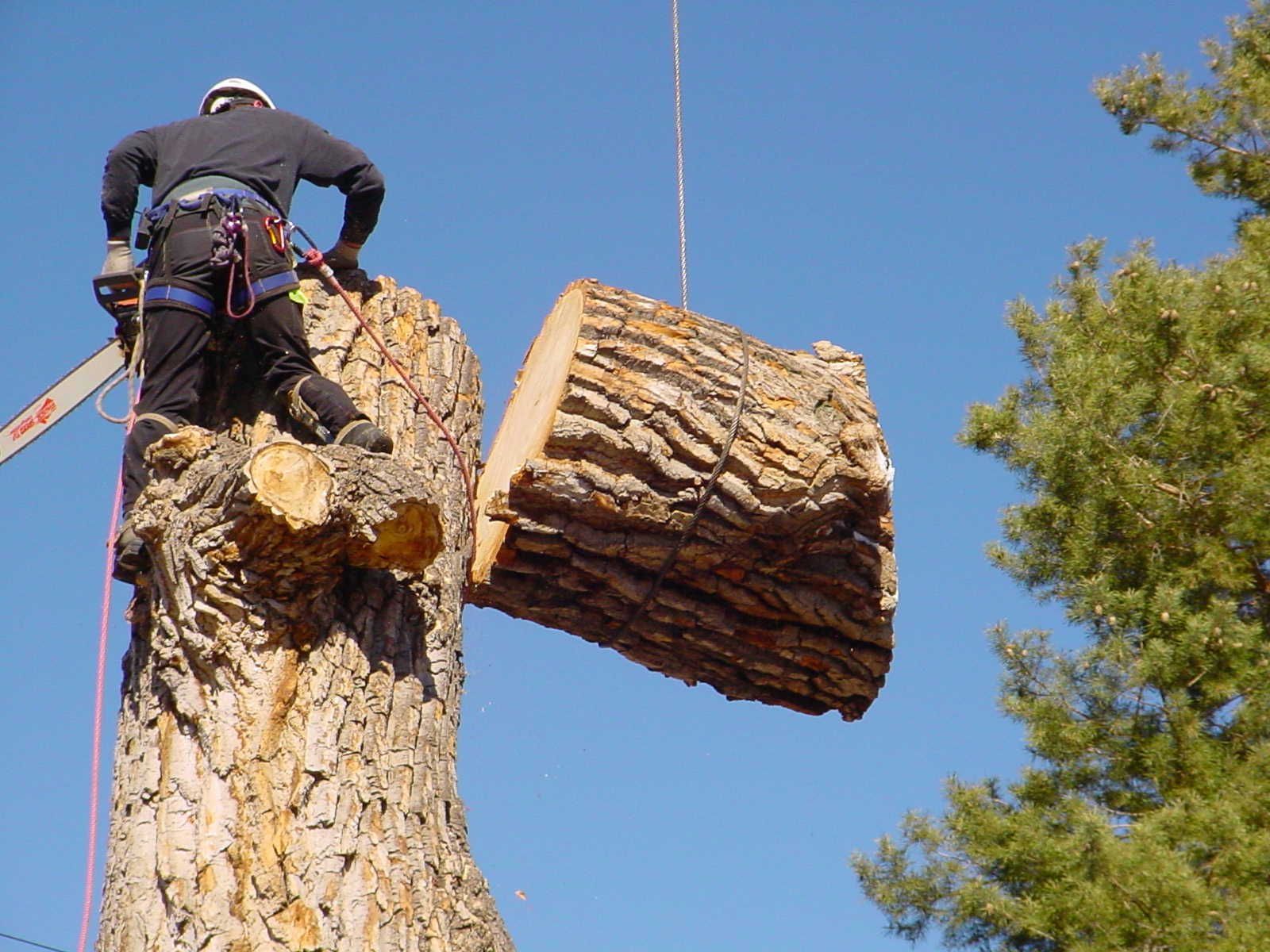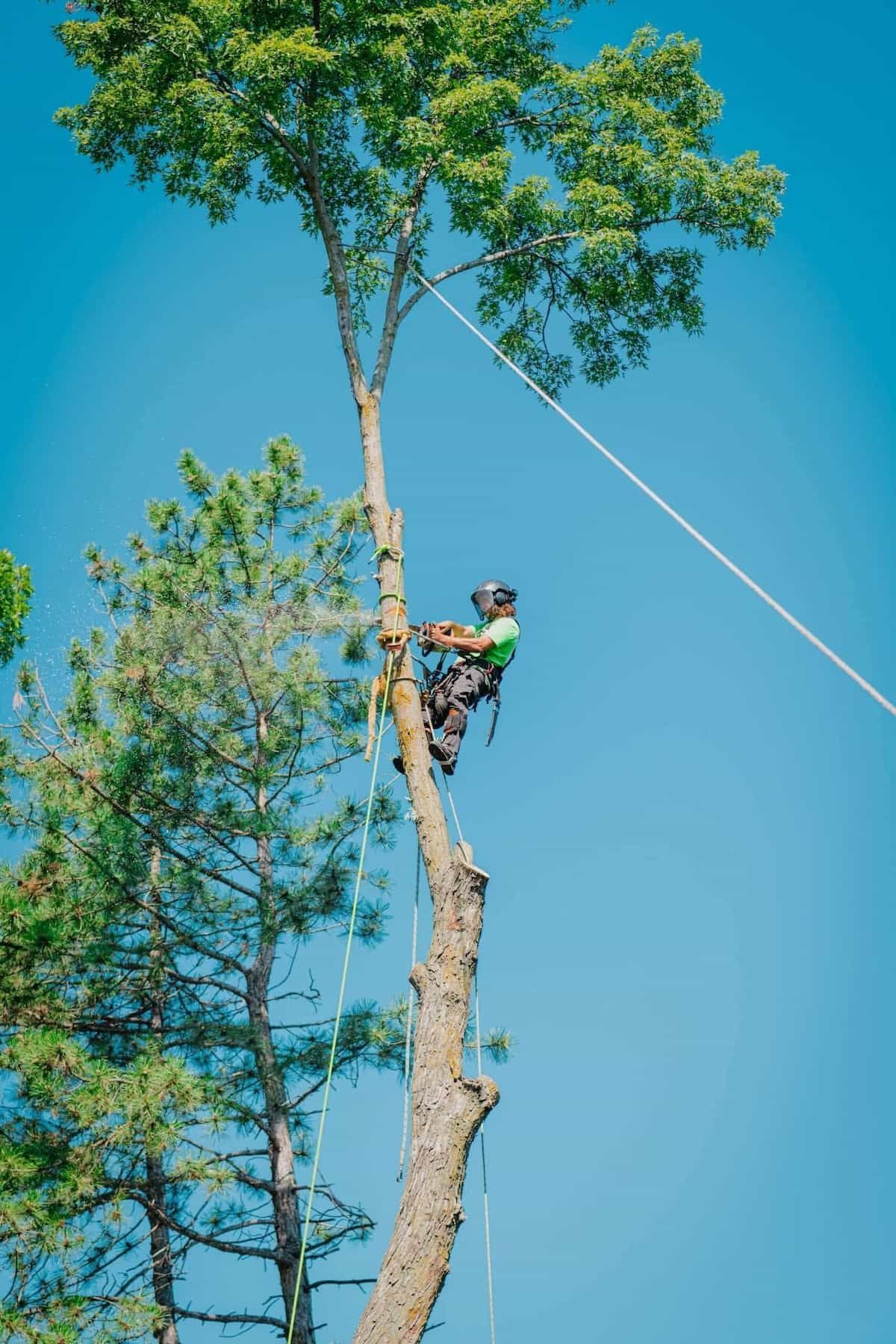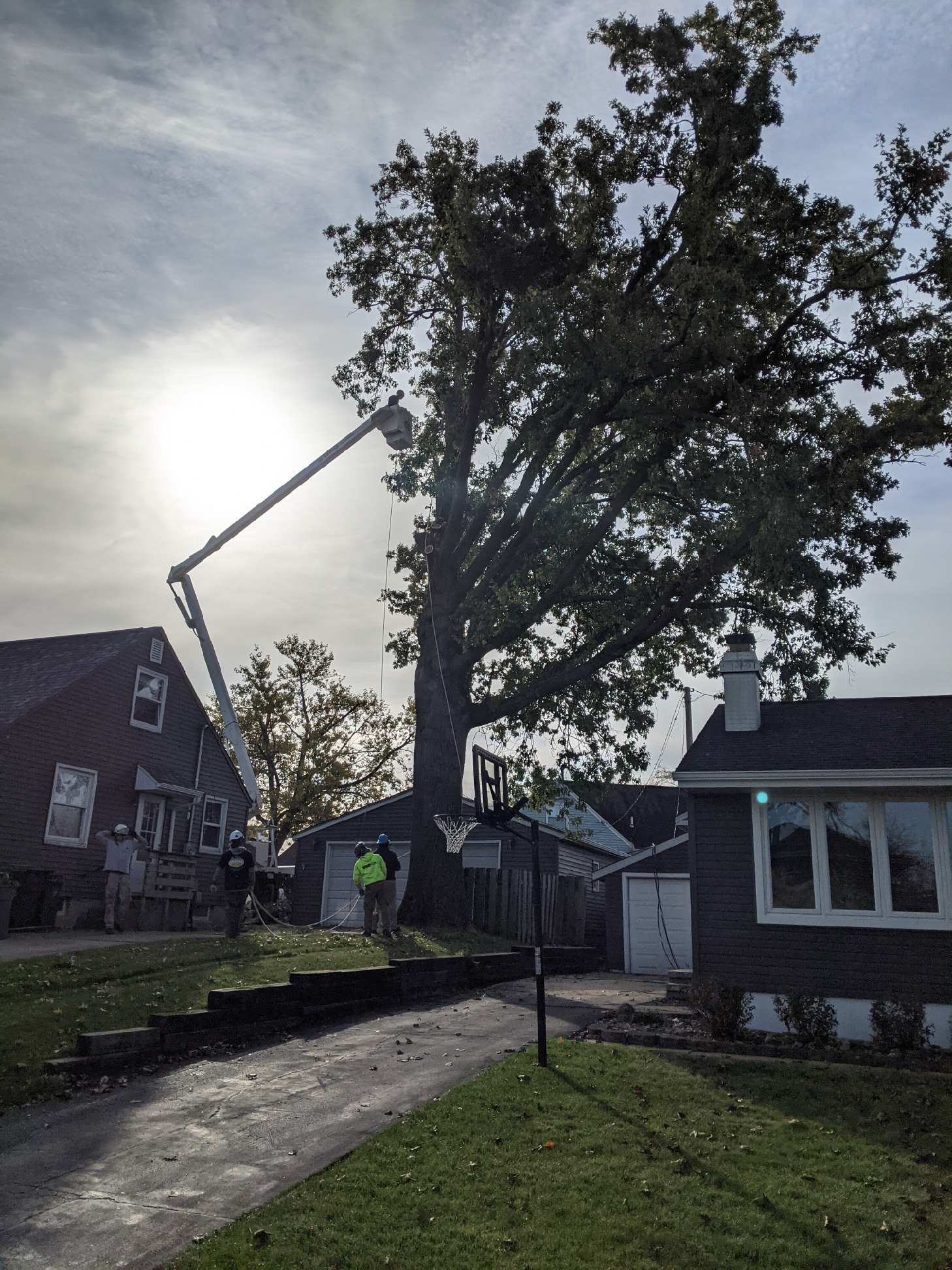Winter Tree Care Tips: How to Protect Your Trees During Iowa’s Harsh Winter
How to Protect Your Trees During Winter!
Winter in Cedar Rapids and Iowa City can be brutal, with freezing temperatures, heavy snow, and ice storms posing serious threats to trees. While trees are resilient, they still need proper care during the winter months to stay healthy and strong. Whether you own a commercial property or a residential home, following the right winter tree care tips can prevent damage and ensure that your trees thrive when spring arrives.
In this guide, we’ll discuss the most effective ways to protect your trees from Iowa’s harsh winter weather, ensuring their longevity and safety.
1. Inspect Your Trees Before Winter Arrives
The best way to protect your trees in winter is by preparing them before the first snowfall. Conducting a thorough inspection in late fall can help identify potential issues such as:
- Dead or weak branches that might break under the weight of snow.
- Cracks in the trunk that can expand in freezing temperatures.
- Signs of disease or decay that could worsen during winter.
If you notice any of these problems, contact a professional tree service in Cedar Rapids or Iowa City to evaluate the condition of your trees. Early intervention can prevent costly damage later.
2. Prune Trees During Dormancy
Winter is actually the best time for tree pruning, especially for deciduous trees. Since trees go dormant in winter, pruning:
- Reduces stress on the tree and promotes healthy spring growth.
- Minimizes the spread of disease, as harmful fungi and pests are less active.
- Prevents weak branches from falling, reducing the risk of property damage.
Commercial properties should especially prioritize winter pruning to keep parking lots, sidewalks, and entryways safe from falling limbs.
For best results, hire a professional tree trimming service in Iowa City or Cedar Rapids to ensure the job is done safely and correctly.
3. Protect Young and Sensitive Trees
Newly planted and young trees are more vulnerable to winter conditions. To keep them safe:
- Wrap the trunks with burlap or tree wrap to protect against extreme cold and sunscald.
- Apply mulch around the base to insulate the roots and retain moisture.
- Stake small trees to prevent wind damage in open areas.
Commercial property owners should also protect newly landscaped trees to maintain curb appeal and prevent losses.
4. Prevent Snow and Ice Damage
Heavy snow and ice can weigh down branches, causing them to snap. To minimize damage:
- Gently brush off snow from branches using a broom or your hands—avoid shaking them, as this can cause breakage.
- Avoid using de-icing salts near trees, as salt can damage roots and soil.
- Support weak branches with stakes or cables if necessary.
For businesses and commercial properties, keeping trees well-maintained ensures customer safety and prevents liability risks.
5. Water Trees During Winter Droughts
Many people assume trees don’t need water in winter, but dry winter conditions can harm tree roots. If there’s little snowfall or rain:
- Water trees on warm days when the ground isn’t frozen.
- Focus on evergreens, which lose moisture faster in winter.
- Use slow, deep watering methods to ensure the roots absorb enough moisture.
For commercial landscapes, consider installing tree irrigation systems that work efficiently during cold months.
6. Watch for Winter Pests and Rodents
Cold weather doesn’t stop all pests. Certain winter rodents and insects can harm trees, including:
- Mice and rabbits, which chew on bark, especially on young trees.
- Deer, which may rub their antlers against trunks, damaging the bark.
- Overwintering insects, like scale or borers, that remain hidden but can still cause damage.
To protect trees, consider:
- Using tree guards to prevent rodents from gnawing on the bark.
- Applying deer repellents around commercial properties with landscaping.
- Scheduling a professional pest inspection to catch infestations early.
7. Apply Mulch for Root Protection
Mulching before winter is one of the best ways to protect tree roots from freezing temperatures. Proper mulching helps:
- Retain soil moisture, preventing dehydration.
- Regulate soil temperature, reducing the risk of freeze-thaw cycles.
- Suppress weeds and pests, keeping the tree healthy.
Apply a 2-4 inch layer of mulch around the base, but avoid piling it against the trunk. Commercial properties with landscaping should refresh mulch before winter to maintain appearance and protection.
8. Look Out for Signs of Frost Cracking & Sunscald
Cold temperatures can cause frost cracking in tree trunks, while sunscald occurs when the winter sun warms the bark during the day, only for it to freeze at night. Both can weaken trees, leading to long-term damage.
To prevent this:
- Wrap tree trunks in burlap or tree guards for insulation.
- Plant trees in strategic locations that provide natural windbreaks.
- Avoid sudden temperature changes, such as spraying warm water on frozen trees.
Property managers in Iowa City and Cedar Rapids should check for these issues, especially in landscaped areas.
9. Remove Hazardous Trees Before Winter Storms Hit
If a tree is dead, severely damaged, or leaning, winter storms can make it even more dangerous. Proactively removing hazardous trees before heavy snow and ice accumulate can:
- Prevent damage to homes and buildings from falling trees.
- Reduce risks of power outages from trees falling on power lines.
- Improve safety for residents, customers, and employees on commercial properties.
Hiring a professional tree removal service in Cedar Rapids or Iowa City ensures that hazardous trees are safely taken down before they become a problem.
10. Schedule a Professional Tree Inspection
The best way to ensure your trees stay healthy through the winter is to schedule an inspection with a tree care professional. A certified arborist can:
- Identify diseased or damaged trees that may not survive the winter.
- Recommend pruning or bracing techniques to protect trees from storms.
- Advise on winter watering and mulching for optimal tree health.
For both residential and commercial properties, investing in winter tree care services can save money and prevent costly damages in the long run.
Final Thoughts: Protecting Your Trees This Winter
Winter tree care is essential for keeping Iowa’s trees healthy, strong, and safe during the coldest months of the year. Whether you’re a homeowner in Iowa City or a business owner in Cedar Rapids, taking preventive measures like pruning, mulching, watering, and tree inspections can help protect your trees from harsh winter conditions.
For expert tree trimming, removal, and winter maintenance, consider hiring a trusted tree service company in Cedar Rapids or Iowa City. A professional tree care provider can assess your trees, recommend the best treatments, and ensure that your landscape stays beautiful and safe all year round.
Need winter tree care services? Contact a local tree expert today for a consultation and protect your trees from Iowa’s winter challenges!
Read Our Latest Blog Here
